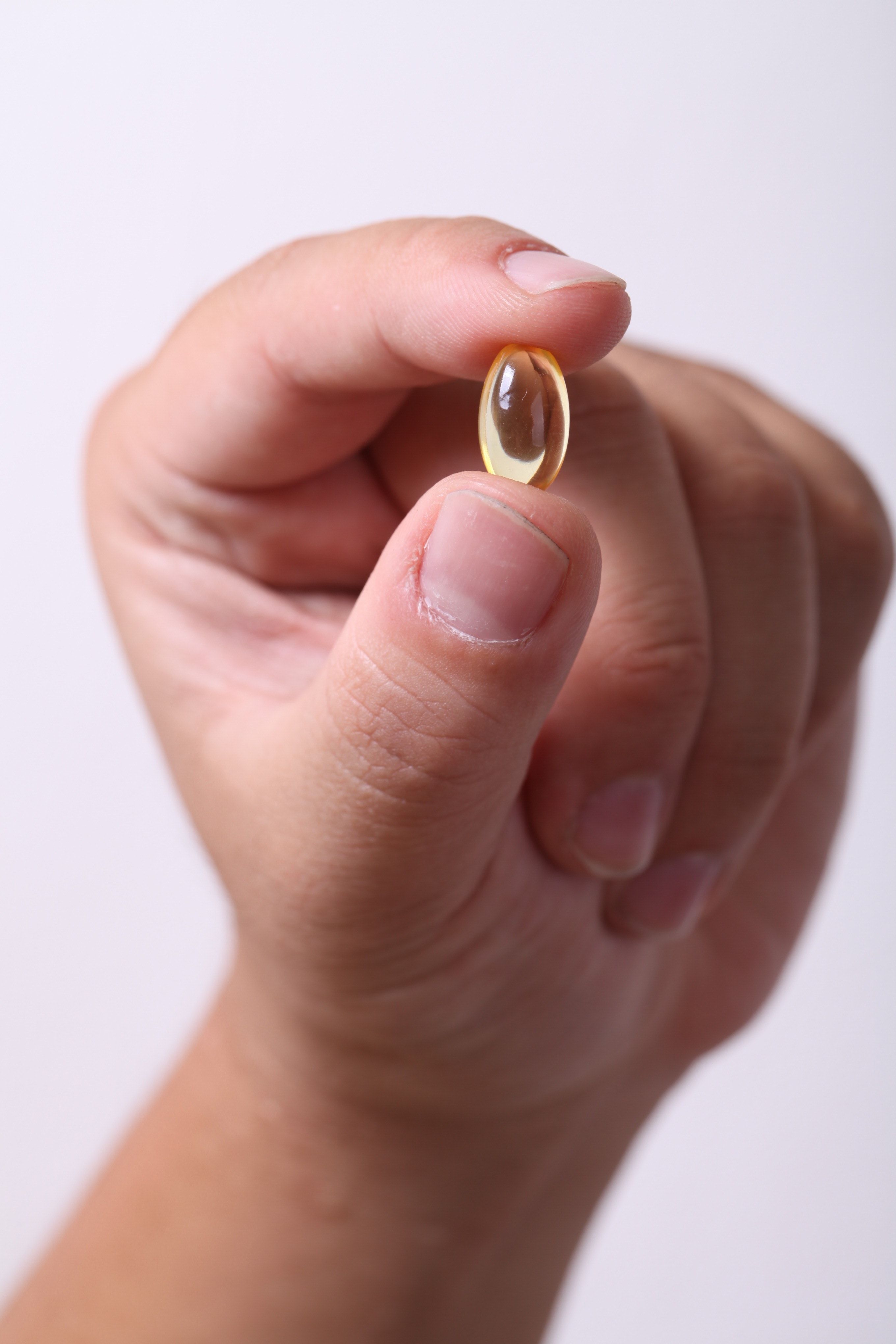A team of food scientists at the University of Massachusetts Amherst has developed a groundbreaking, user-friendly mathematical model for NASA to help ensure that astronauts’ food remains rich in nutrients during extended missions in space.
The new research, published in the journal Food Chemistry, gives NASA a time-saving shortcut to predict the degradation of vitamins in spaceflight food over time and more accurately and efficiently schedule resupplying trips. The investigation was funded with a $982,685 grant from NASA.
“There was no information available from literature to directly answer the questions and concerns that NASA had,” says senior author Hang Xiao, professor and Clydesdale Scholar of Food Science. “We used real-time, real-life data in our study to train the mathematical model and to determine how predictive and reliable the model would be.”
The researchers painstakingly prepared and stored 3,000-plus pouches of spaceflight food according to the exact NASA recipes, thermal processing and storage specifications that are used for astronauts’ meals on the International Space Station.
Read more at UMass Amherst
Photo by Pietro Jeng from Pexels


